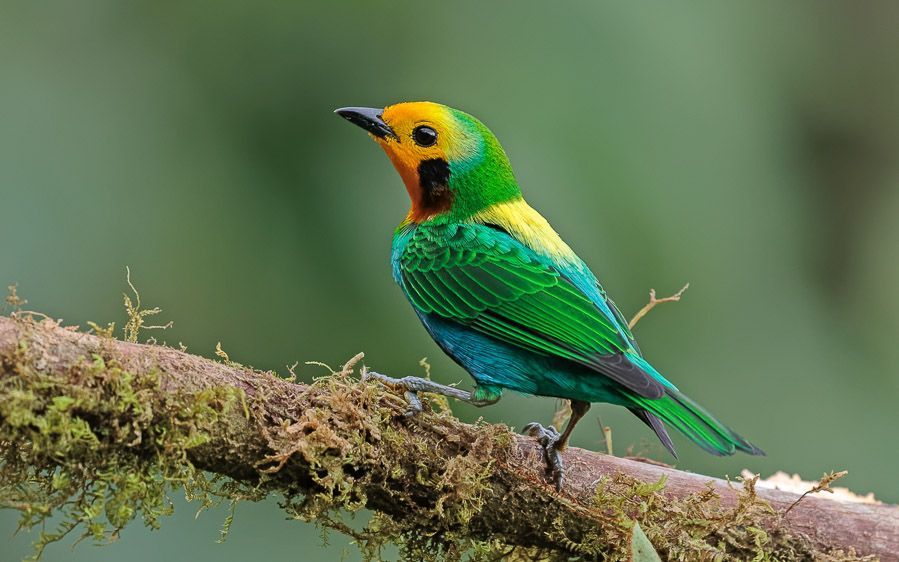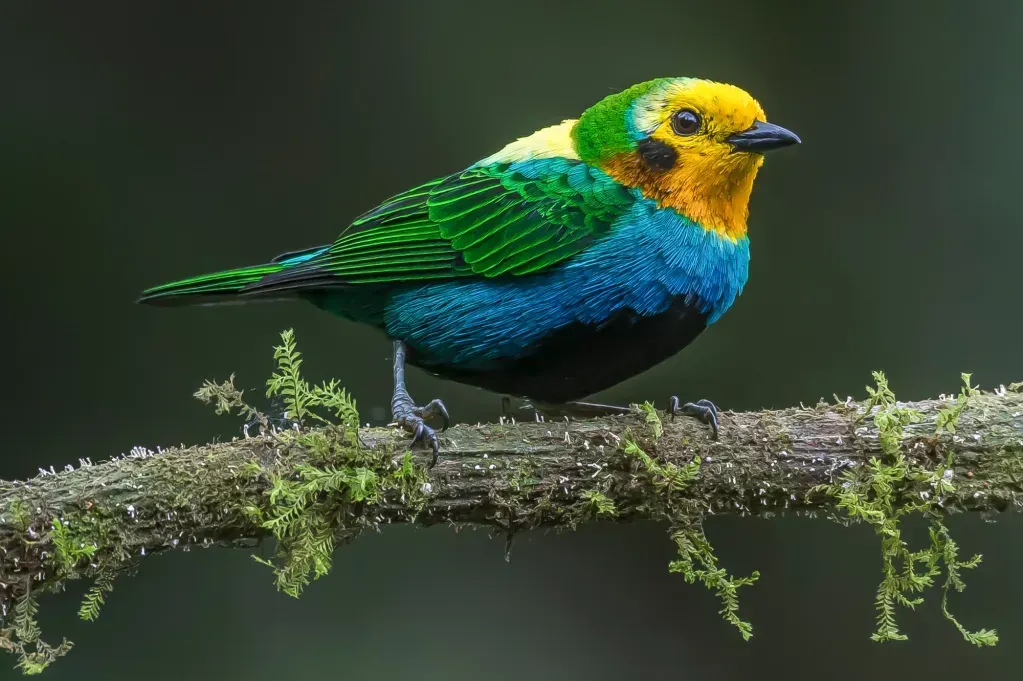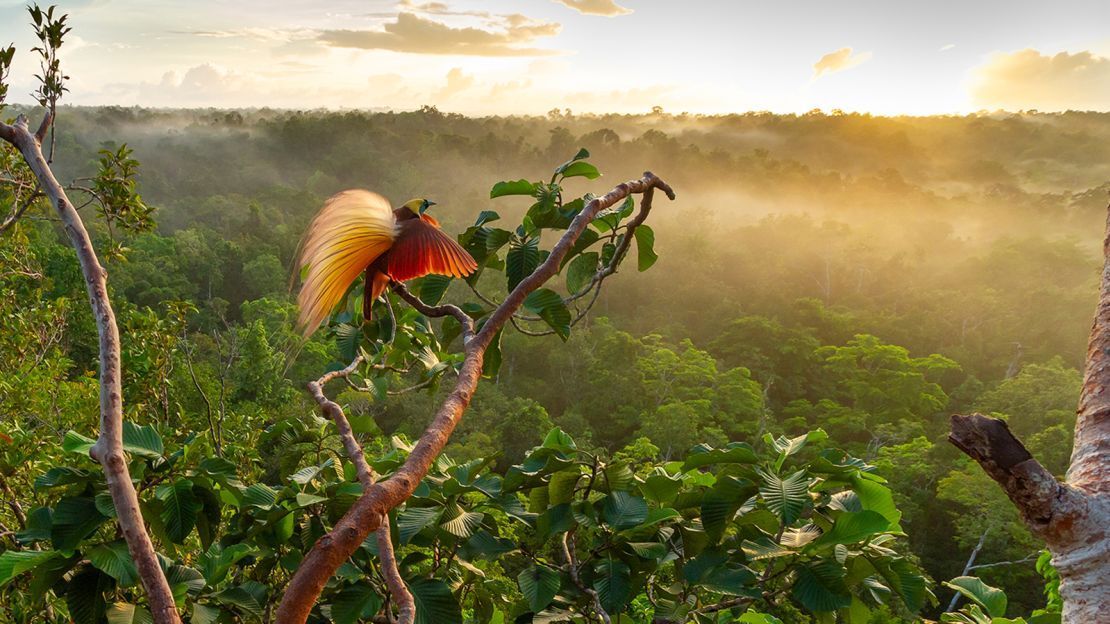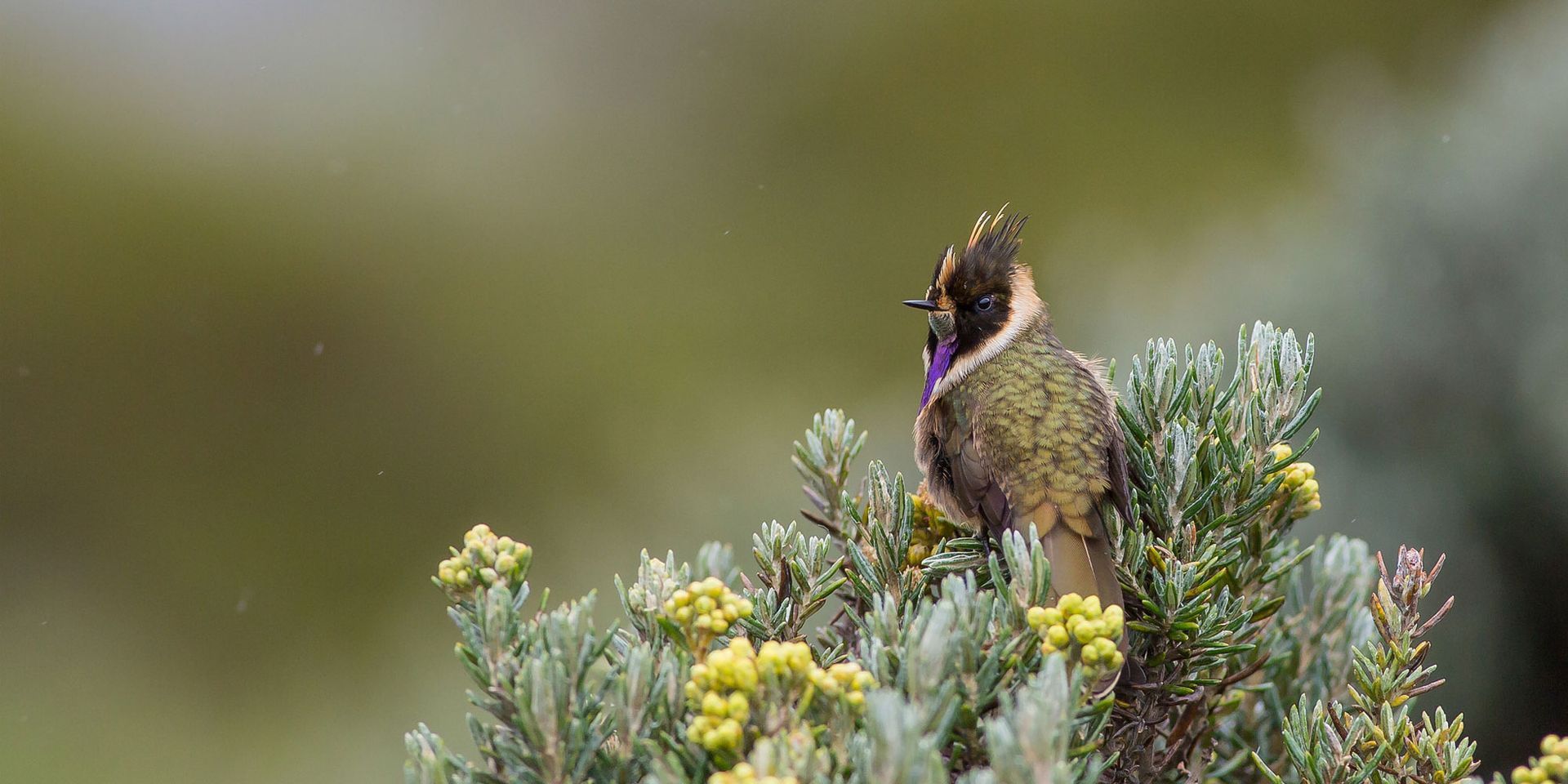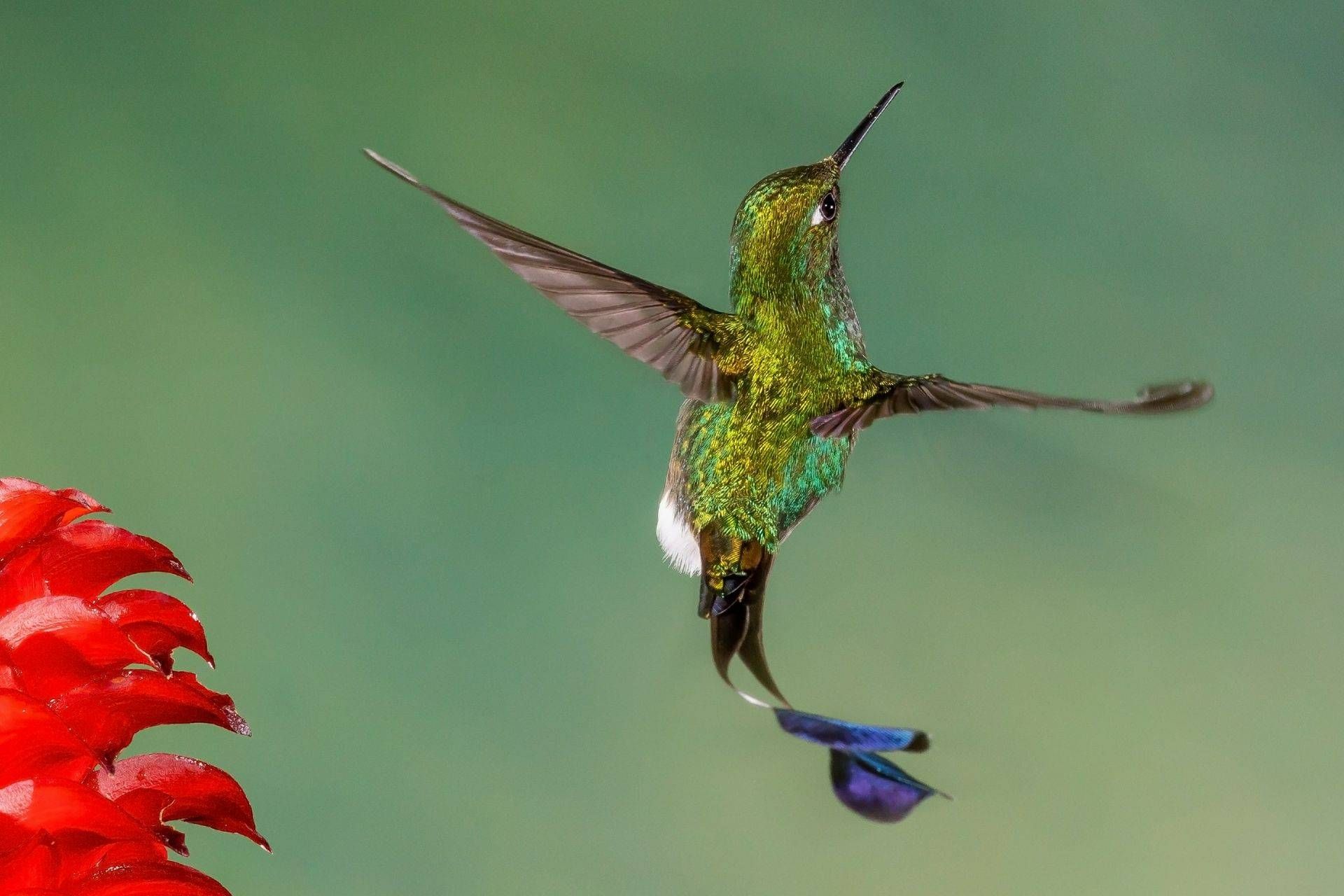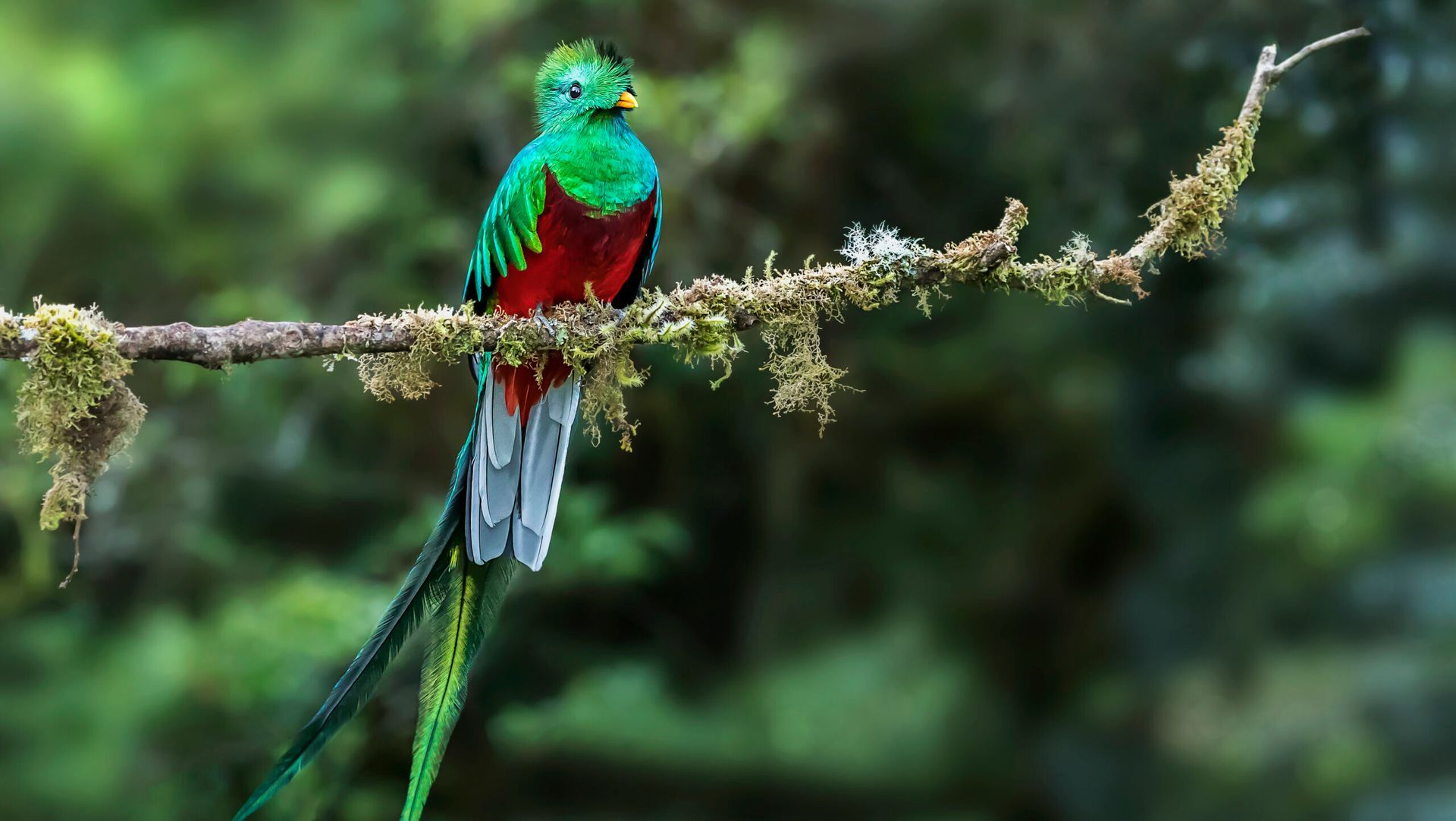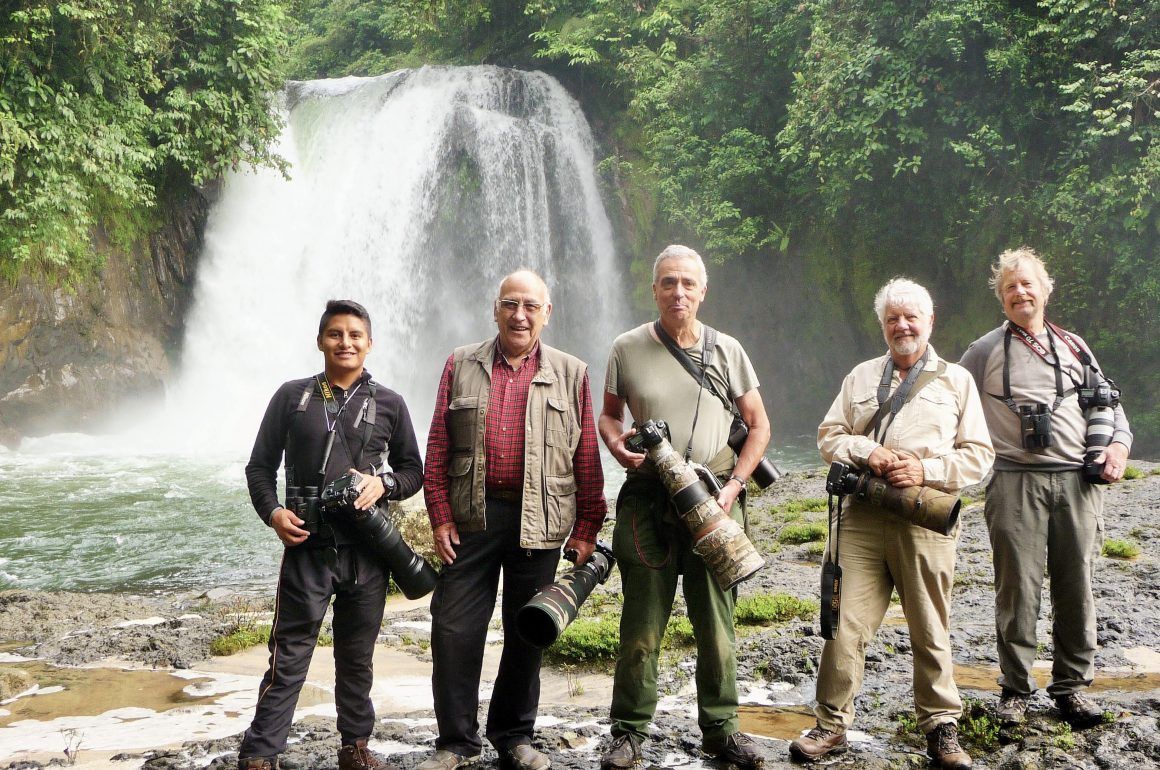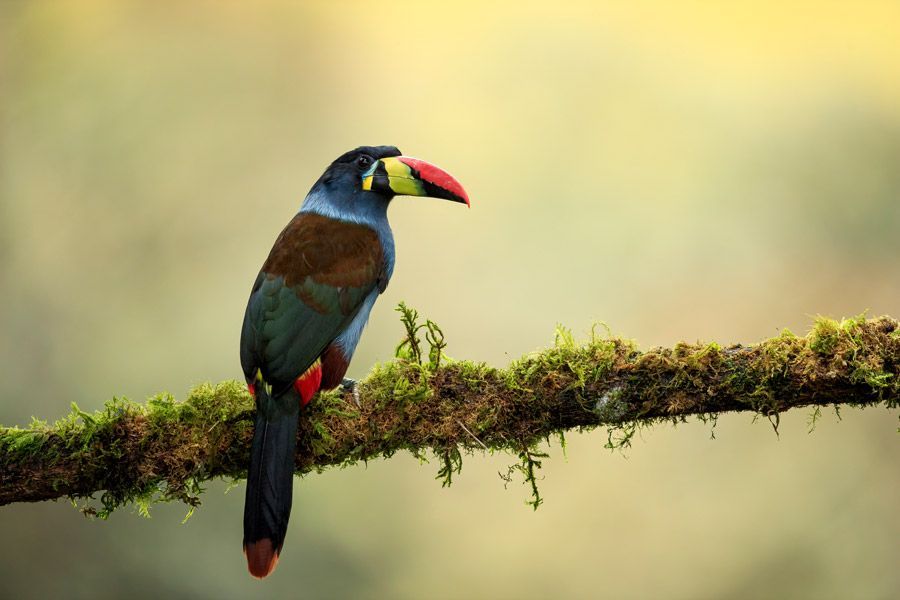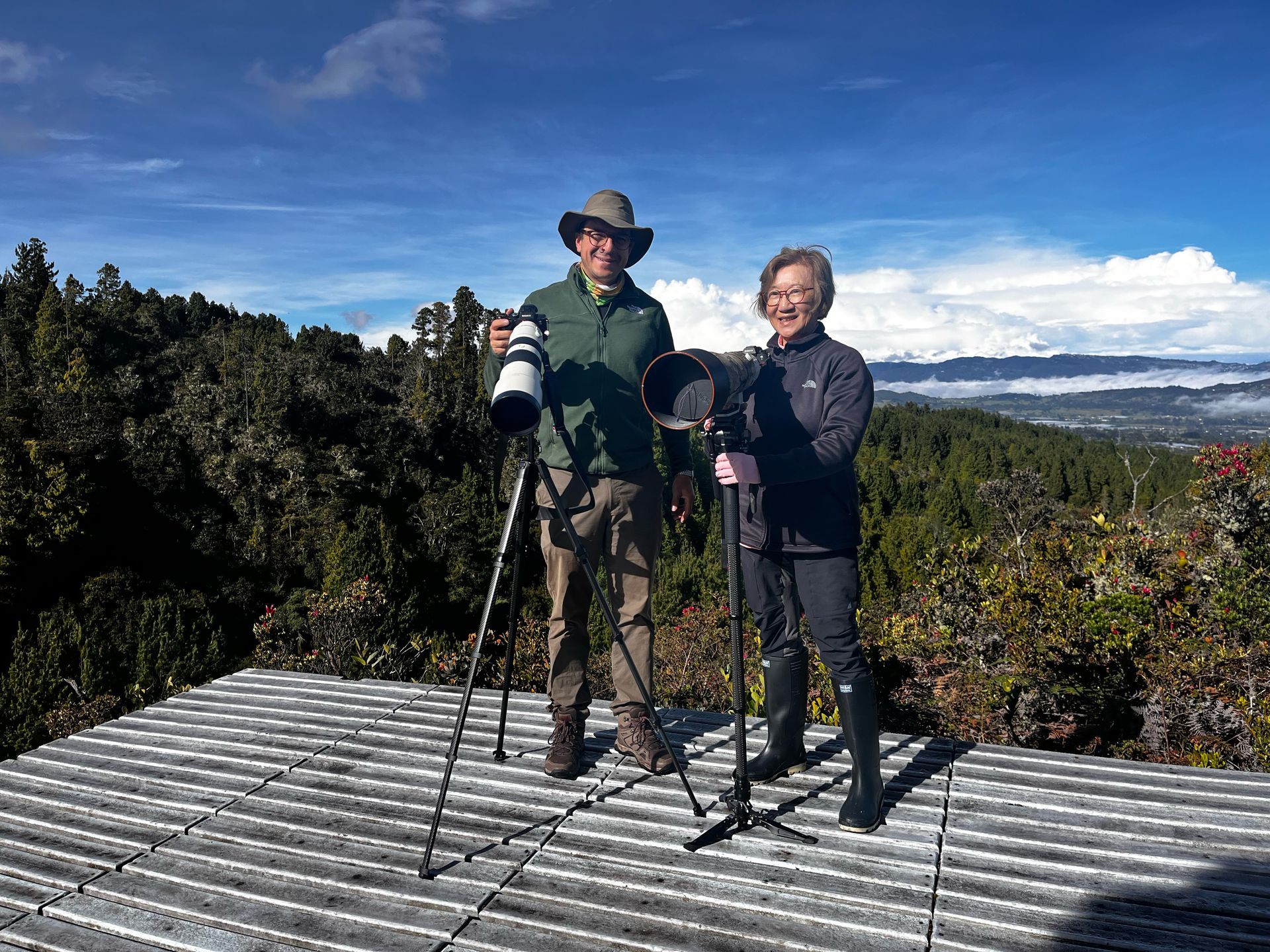Top Bird Species to Photograph in South America’s Birding Hotspots
Top Bird Species to Photograph in South America’s Birding Hotspots
South America is a paradise for bird photographers and wildlife enthusiasts, offering some of the richest avian diversity in the world. From the dense rainforests of Colombia and Ecuador to the highlands of Peru, the migratory corridors of Panama, and the vast wetlands of Brazil, this continent hosts thousands of bird species, many of which are rare, endemic, or incredibly vibrant. Capturing these species in their natural habitats requires knowledge, preparation, and often the guidance of experienced birding experts. The following guide highlights the top bird species to photograph in South America’s premier birding hotspots, providing insights into habitats, behavior, and photographic opportunities.
Colombia: Endemics and Iconic Species
Colombia is considered the most biodiverse country for birds in the world, hosting over 1,900 species. Among these, several stand out as must-photograph species due to their unique colors, behaviors, or rarity.
Andean Cock-of-the-rock (Rupicola peruvianus) is perhaps Colombia’s most iconic bird. Known for its brilliant orange plumage and dramatic lekking displays, this species is best photographed at dawn when males perform courtship dances to attract females. Photographers often visit the cloud forests of the Tatamá National Natural Park and the Sierra Nevada de Santa Marta to capture these moments.
Golden-headed Quetzal (Pharomachrus auriceps) inhabits highland forests and is prized for its iridescent green body and golden head. Early morning visits to Andean cloud forests provide opportunities to photograph this elusive bird perched on moss-covered branches.
Black-and-chestnut Eagle (Spizaetus isidori) is a rare raptor found in montane forests. Its soaring behavior makes it ideal for action shots against dramatic skies.
Other notable species include the Long-wattled Umbrellabird, Chocó Toucan, and Black-and-gold Tanager, each offering unique colors and compositions for photographers. Colombia’s diversity of habitats, from lowland rainforests to high-altitude paramos, ensures photographers can capture a wide array of species in stunning natural settings.
Ecuador: Hummingbirds, Tanagers, and Cloud Forest Wonders
Despite its small size, Ecuador hosts over 1,600 bird species, many endemic to its cloud forests and Andean highlands.
Violet-tailed Sylph (Aglaiocercus coelestis) is a dazzling hummingbird that requires patience and precise timing to photograph due to its rapid movements and iridescent feathers. Cloud forest trails in Mindo provide excellent opportunities.
Booted Racket-tail (Ocreatus underwoodii) is another iridescent hummingbird found in Ecuador’s montane forests. Photographers often use early morning light to capture the vibrant tail feathers and rapid wingbeats.
Toucan Barbet (Semnornis ramphastinus) is notable for its bold colors and striking bill, often perched on mid-canopy branches, perfect for portrait-style photography.
Ecuador’s Amazonian regions, including Yasuni National Park, offer species like the Amazonian Umbrellabird, Crimson-bellied Parakeet, and Blue-headed Parrot, which thrive in riverine and canopy habitats. Guided tours enhance the chances of locating these elusive species and understanding their behaviors, feeding patterns, and vocalizations.
Peru: Amazonian Diversity and Andean Wonders
Peru combines highland and lowland habitats, offering unparalleled bird photography opportunities.
Harpy Eagle (Harpia harpyja) is one of the most powerful raptors in the world, found in the dense Amazonian forests of Manu National Park. Capturing this eagle requires patience, knowledge of perching habits, and telephoto lenses.
Sunbittern (Eurypyga helias) is a highly sought-after species due to its striking wing patterns and elaborate courtship displays. Photographers often spot them along rivers and streams in lowland rainforests.
Amazonian Motmot (Momotus momota) is known for its colorful tail feathers and vivid green-blue plumage. Perched quietly on forest edges, it provides opportunities for vibrant close-up shots.
Highland species include the Andean Condor (Vultur gryphus), best photographed soaring over dramatic Andean valleys, and the Torrent Tyrannulet, which thrives near fast-flowing mountain streams. Peru’s diverse ecosystems allow photographers to capture a wide range of species in varied lighting and backgrounds.
Panama: Migratory and Resident Tropical Birds
Panama’s unique position between North and South America makes it a critical migratory corridor, hosting a mix of resident and seasonal species.
Resplendent Quetzal (Pharomachrus mocinno) is one of the most famous tropical birds, with brilliant green and red plumage. Early morning excursions in highland cloud forests like Boquete maximize chances to photograph its iconic tail feathers and mating displays.
Great Green Macaw (Ara ambiguus) inhabits lowland rainforests and is known for its vibrant green and red colors. Photographers often use canopy towers or river excursions for unobstructed shots.
Harpy Eagle also occurs in Panama’s Darién region, where it can be captured in flight or perched in the forest canopy. Other notable species include migratory warblers, colorful tanagers, and tropical hummingbirds, all adding seasonal variety for photographers seeking vibrant subjects.
Brazil: Amazon, Pantanal, and Atlantic Forest Treasures
Brazil offers an immense variety of tropical birds across multiple habitats.
Hyacinth Macaw (Anodorhynchus hyacinthinus) is the world’s largest parrot and a spectacular photographic subject. Found in the Pantanal wetlands, these birds often feed in pairs or small groups, creating dynamic compositions.
Blue-throated Macaw (Ara glaucogularis) is a rare Amazonian parrot with vivid colors and expressive behavior, perfect for capturing vibrant images in canopy settings.
Jabiru Stork (Jabiru mycteria) thrives in Pantanal wetlands, where photographers can capture reflections in shallow water and group interactions.
The Amazonian Umbrellabird and Scarlet Ibis are prime subjects in Brazil’s rainforest and coastal regions, offering striking colors and dramatic flight patterns. Atlantic Forest endemics like the Golden-headed Manakin and Red-billed Curassow provide rare, vibrant subjects for skilled photographers. Expert local guides are invaluable in Brazil for locating these species, interpreting vocalizations, and selecting optimal vantage points.
Tips for Photographing South America’s Tropical Birds
- Use Telephoto Lenses: A 400mm or longer lens is ideal for shy or canopy-dwelling birds.
- Early Morning Light: Birds are most active and colors are most vivid during sunrise.
- Camouflage and Hides: Blinds and camouflage help approach birds without disturbance.
- Patience and Observation: Many species require long waits to capture feeding, mating, or flight behaviors.
- Tripod and Stabilization: Essential in low-light rainforest conditions to avoid motion blur.
- Guide Expertise: Local guides increase the chances of rare sightings and provide knowledge of habitats and behaviors.
Ethical Photography Practices
Maintaining ethical standards ensures that birds remain undisturbed and habitats preserved. Avoid approaching nests, use minimal playback calls, maintain a respectful distance, and prioritize the welfare of wildlife over the perfect shot. Conservation-minded tours support local ecosystems, benefiting both photographers and the environment.
Conclusion
South America’s premier birding hotspots in Colombia, Ecuador, Peru, Panama, and Brazil offer photographers an unparalleled opportunity to capture vibrant tropical birds in stunning natural habitats. Iconic species such as the Andean Cock-of-the-rock, Resplendent Quetzal, Hyacinth Macaw, and Harpy Eagle provide breathtaking subjects for wildlife photography. Partnering with expert guides, understanding seasonal behaviors, using appropriate equipment, and following ethical practices all contribute to creating a successful and rewarding photographic journey. With patience, preparation, and dedication, photographers can document some of the most spectacular and rare tropical birds on Earth.


